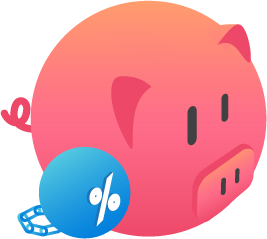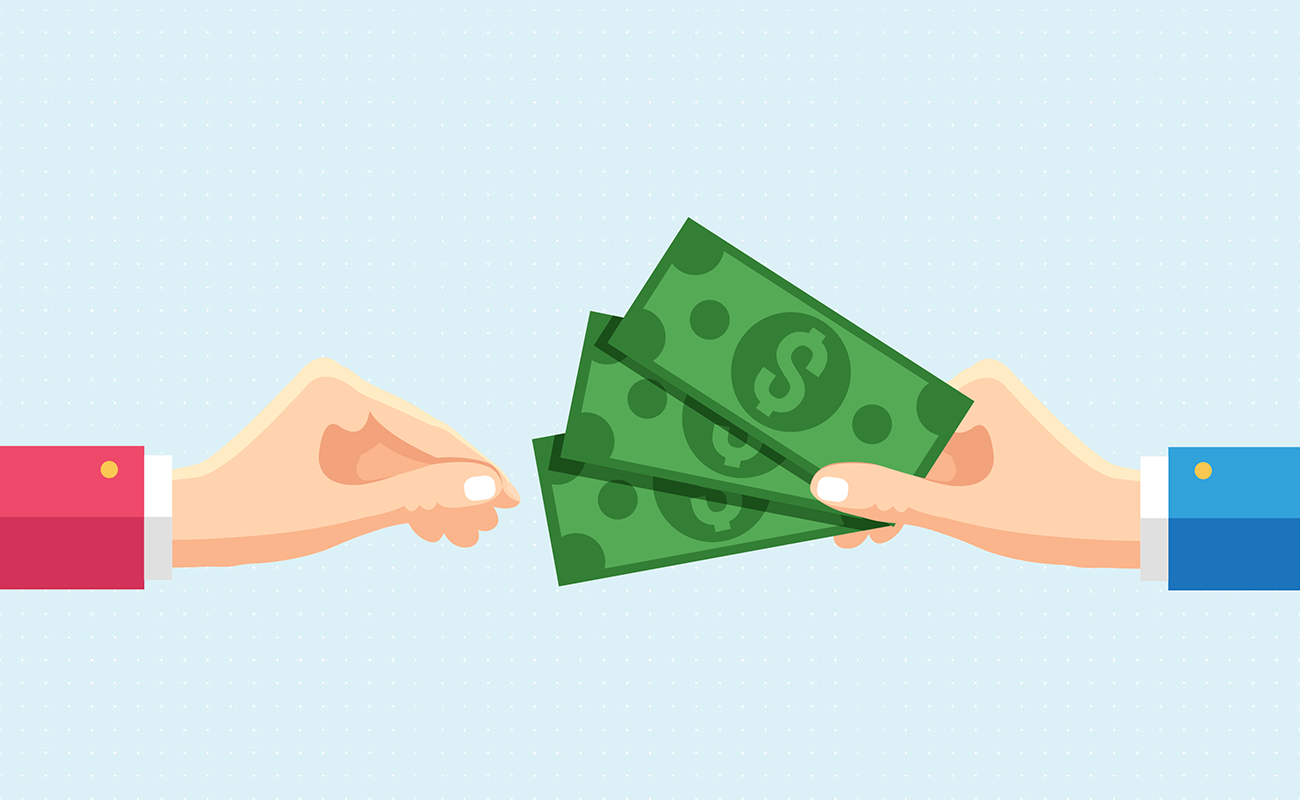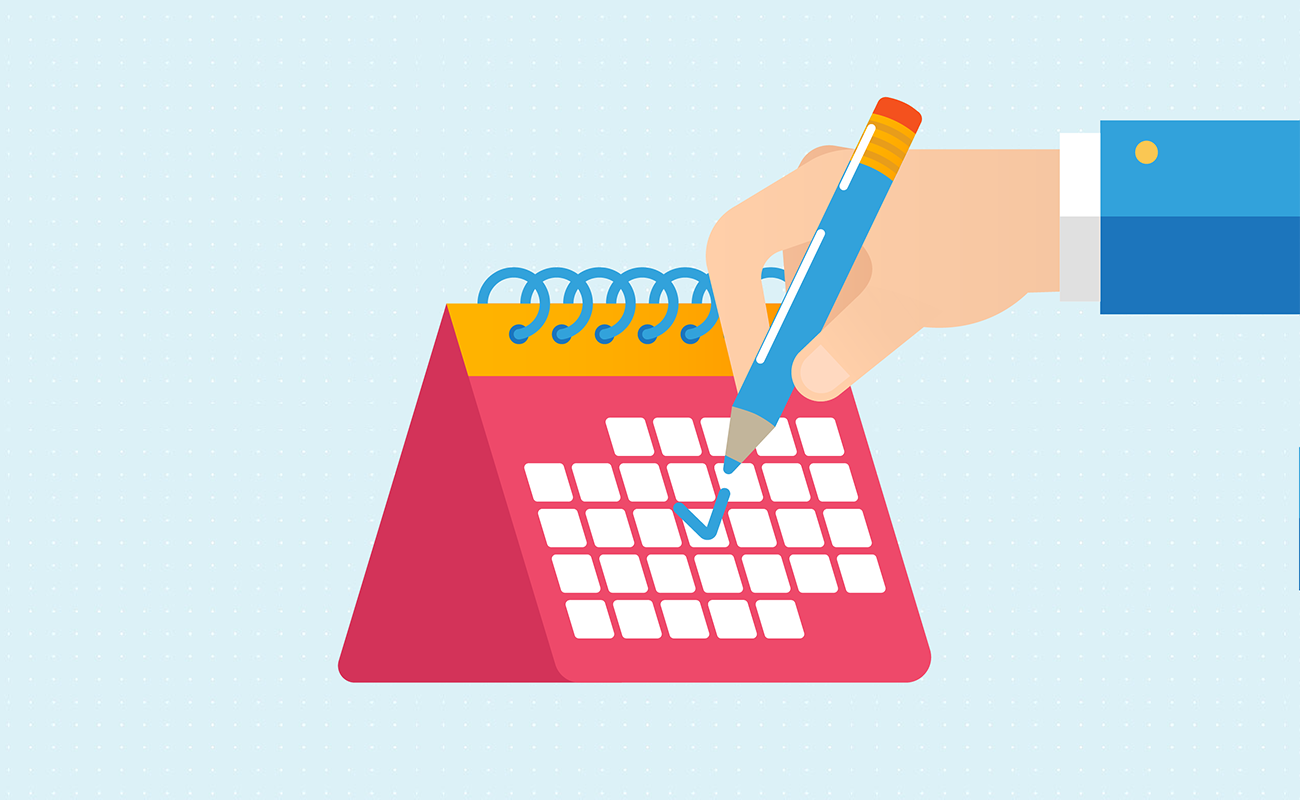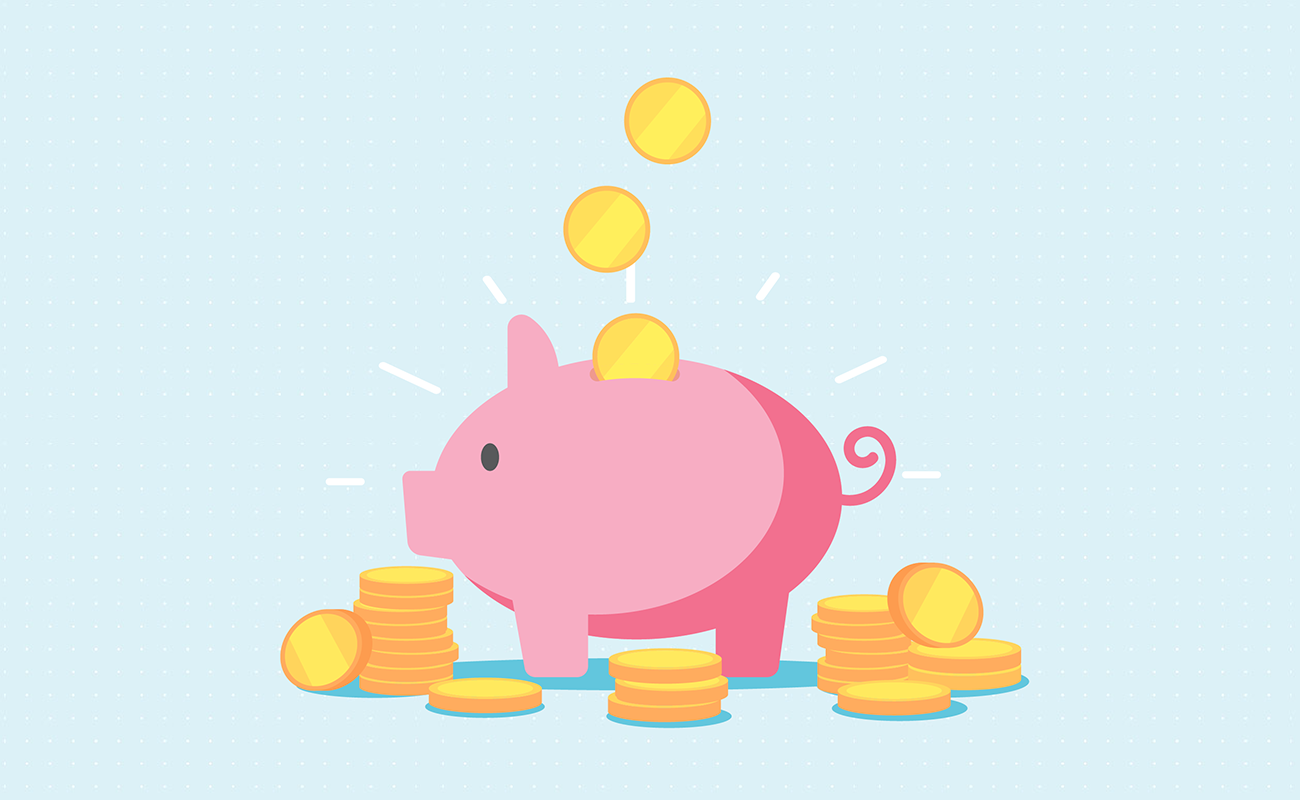Debt Investment
 Debt Payment Breakdown Calculator
Debt Payment Breakdown CalculatorUse this calculator to breakdown a loan's payment into its principal & interest components for any payment.
Enter your loan terms (monthly principal & interest payment, interest rate & amount borrowed) along with what payment number you want broke down. Results automatically update when any variable is changed.
Guide published by Jose Abuyuan on January 21, 2020
Making major life purchases involve taking out a loan. Whether you’re planning to get your first car or own a house, you’ll need to find lenders that offer favorable terms. Otherwise, the wrong decision may lead you into debt.
To date, credit bureau Experian states that Americans reached an average mortgage debt of $203,296 in 2019. That’s $4,919 more debt, or a 2 percent increase from 2018.
With all the paperwork, payments, and loan terms you need to consider, how does one obtain a good loan? As responsible debtors, we want to make sure we can make timely payments each month. More importantly, how do you know if a loan can end up costing more?
Here’s why you need to know how debt amortization works. In this article, we’ll walk you through what amortization is and how it’s used in calculating loan payments. We’ll also discuss how amortization schedules can help you compare loans to find more favorable terms.

Amortization in business is the process of distributing payments over a fixed duration of time. It is often done to monthly loan payments, such as mortgages and auto loans. Accountants refer to amortization as a computing technique used to periodically reduce the value of a loan or intangible asset over a set amount of time.
Amortization applies to two processes. The first is loan amortization and the second is amortization of assets. Loan amortization, or debt amortization, involves paying off a loan balance over a fixed period of time. On the other hand, amortization of assets entails calculating incremental costs throughout the life of an intangible asset.
Amortization is a repayment process for a loan with fixed monthly payments and an agreed end date. Examples of amortized loans include 30-year fixed-rate mortgages and 5-year car loans.
Debt amortization applies when you are paying down debt in regular installments. The process involves making planned incremental payments toward the loan’s interest and the principal. Amortization determines how much of your payment goes toward the interest and balance over the life of the loan.

Think of interest as the amount you pay lenders to secure your loan. And any amount that goes toward the principal gradually reduces your loan balance.
The main challenge with amortization is that borrowers do not readily see how much they are paying in interest. This is why it’s important to check amortization schedules. Make sure your payments cover interest that accrues. For the most part, amortized loans are usually distributed evenly to cover any accrued interest. But if your payment fails to address this, negative amortization occurs.

Financial institutions use amortization schedules to show repayment timelines based on agreed terms. If you’ve ever wondered how lending companies compute 30-year home loans, it involves creating this type of payment schedule.
Evaluating your amortization schedule is crucial in understanding how borrowing money works. It helps you calculate how much you should save, as well as the amount of extra payments you can make to pay off your debt sooner.
Many consumers make the mistake of taking loans based on lower monthly payments. Often, amortization schedules for extended loan terms with low payments actually cost more in interest.
If you’re looking for a mortgage lender, reviewing the amortization schedule will help you decide if the terms are truly in your favor.
Take note of the following factors when it comes to analyzing the payment schedule:
How do you calculate the interest? The interest payment is computed by multiplying the interest rate by the outstanding loan balance. Then, you divide the product by 12.
How about the principal payment? Subtract the interest payment from your monthly payment, and the difference is the amount that goes to your principal. Then, subtract this value from the original balance to obtain the current loan balance.
To easily break down your loan payment details, use our calculator.
Study the calculations below to give you a better idea. For example purposes, let’s say we are calculating the first interest payment for a 30-year fixed-rate mortgage.
Loan balance: $200,000
Monthly payment: $955
Interest rate: 4%
0.04 x 200,000
= 8,000
8,000 / 12
= 666.67
The first interest payment is $666.67.
955 – 666.67
= 288.33
The first principal payment is $288.33.
200,000 – 288.33
=199,711.67
The current loan balance is $199,711.67.
To calculate the second interest payment, as well as the succeeding payments, repeat this calculation. But use the current loan balance.
This example helps us better understand how debt payments are being distributed to the interest and principal. Once you see your amortization table, you’ll realize the real cost of borrowing money.
Below is a sample amortization table showing the first five payments and the last five payments of a 30-year fixed-rate mortgage.
Amortization Schedule
Loan balance: $200,000
Monthly payment: $955
Interest rate: 4%
| Month / Year | Payment No. | Starting Balance | Interest Paid | Principal Paid | Ending Balance |
|---|---|---|---|---|---|
| Feb 2020 | 1 | $200,000 | $667 | $288 | $199,712 |
| March 2020 | 2 | $199,712 | $666 | $289 | $199,423 |
| April 2020 | 3 | $199,423 | $665 | $290 | $199,133 |
| May 2020 | 4 | $199,133 | $664 | $291 | $198,842 |
| Jun 2020 | 5 | $198,842 | $663 | $292 | $198,550 |
| *** | *** | *** | *** | *** | *** |
| Sept 2049 | 356 | $4,727 | $16 | $939 | $3,788 |
| Oct 2049 | 357 | $3,788 | $13 | $942 | $2,846 |
| Nov 2049 | 358 | $2,846 | $9 | $945 | $1,900 |
| Dec 2049 | 359 | $1,900 | $6 | $948 | $952 |
| Jan 2050 | 360 | $952 | $3 | $952 | $0 |
*The figures in this table were rounded off to the nearest whole number.
In the example above, initial payments go more towards interest cost than balance. Principal paid started at $288, increasing by $1 every month for the first five payments. The fifth principal payment is $292. After the first five payments, the balance slightly went down to $198,550.
But towards the end of the loan, the table shows that more of the payment goes toward the principal. Interest paid went down to $16 by the 356th payment. It continues to decrease by $3 every month until the final payment, which is $3. Meanwhile, the principal paid rose to $939 by the 356th payment. It increases by $3 every month, until the balance is fully paid down with $952.
The table illustrates how most of your payments go towards interest during the early years of a loan. This is most apparent in extended or long-term loans. A large portion of your payment is consumed by interest costs, while the balance only marginally decreases.
However, over the years, a greater portion of your payment goes toward your balance. With every succeeding payment, you’ll eventually pay lower interest cost every month.
Loans operate differently. But what the following amortizing loans have in common are fixed interest rates and the same monthly payment, where a portion of the amount goes to the interest and principal.
Common amortizing loans include the following:
Mortgages – It applies to fixed-rate mortgages with 15 or 30-year terms. The payment terms are long because it assumes you will be keeping the property for a long time. However, many homeowners don’t stay too long in one home. They either refinance their home loan or sell their house to move.
Car loans – Traditionally, car loan terms are only around five years. But recently, Experian reported that at least a third of new car loans have terms more than six years. The longer payment duration seems to make expensive cars ‘affordable’ to consumers. However, this is highly unfavorable. Cars depreciate at a quick rate. The longer the loan, the more you’ll spend on a unit with substantially lower value.
Personal loans – Personal loans typically come in three-year terms. Like mortgage and auto loans, they have fixed payments and interest rates. These types of loans are also used to consolidate debt or fund small home improvement plans.
What about non-amortizing loans? These loans include credit cards, which allow you to pay any amount as long as it’s not below the minimum. Another non-amortizing loan is a balloon loan, which involves making a large payment by the end of the term.

Debt amortization is useful because it sets fixed payments. This allows you to anticipate the actual cost and keeps you from worrying about increasing monthly payments. Though paying your balance may be slow, it’s a way to manage your cash flow without spending a large amount at once.

As a borrower, avoid taking out a loan without reviewing all the terms. If you’re shopping for a mortgage, negotiate for lower interest rates. Know how much you to need pay every month. Most importantly, always check the total interest cost. Doing your research will greatly benefit you in the long run.
Having trouble reducing your credit card balance? To learn how to manage your payments, visit this page.
Jose Abuyuan is a web content writer, fictionist, and digital artist hailing from Las Piñas City. He is a graduate of Communication and Media Studies at San Beda College Alabang, who took his internship in the weekly news magazine the Philippines Graphic. He has authored works professionally for over a decade.